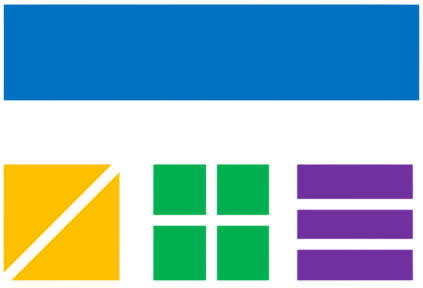Ovulation Calculator Information
What is Ovulation?
Ovulation is the release of a mature egg from the ovary, typically occurring around the middle of your menstrual cycle. This is the most fertile time in your cycle when pregnancy is most likely to occur. Understanding ovulation is crucial for family planning and reproductive health.
- Ovulation: Release of a mature egg from the ovary
- Fertile Window: 5-6 days when pregnancy is most likely
- Cycle Length: Typically 21-35 days, affects ovulation timing
- Luteal Phase: 14 days after ovulation until next period
How Ovulation is Calculated
The Ovulation Calculator uses your menstrual cycle data to predict when you're most likely to ovulate. The calculation is based on the principle that ovulation typically occurs 14 days before your next period, regardless of cycle length.
- Next Period Date = Expected start date of your next menstrual period
- 14 days = Standard luteal phase length (can vary 12-16 days)
- Ovulation Date = Most likely day of ovulation
Example: 28-day cycle, period starts January 1st
Ovulation Date: January 15th
Understanding Your Fertile Window
Your fertile window includes the days when pregnancy is most likely to occur. This window accounts for both the lifespan of the egg (12-24 hours) and sperm survival (up to 5 days).
Pre-Ovulation
- 5 days before ovulation
- Sperm can survive in reproductive tract
- Pregnancy possible from intercourse
- Cervical mucus becomes fertile
Ovulation Day
- Egg is released from ovary
- Highest chance of pregnancy
- Egg survives 12-24 hours
- Peak fertility window
Post-Ovulation
- 1-2 days after ovulation
- Egg may still be viable
- Pregnancy still possible
- Fertility window ends
Signs of Ovulation
- Cervical mucus changes: Becomes clear, stretchy, and egg-white consistency
- Basal body temperature: Rises slightly after ovulation
- Ovulation pain: Mild cramping on one side (mittelschmerz)
- Breast tenderness: Hormonal changes may cause sensitivity
- Increased libido: Natural hormonal response
- Positive ovulation test: LH surge detected in urine
Fertility Tips
- Track Symptoms: Monitor cervical mucus, temperature, and mood changes
- Use Ovulation Kits: Predictor kits can help pinpoint fertile days
- Regular Intercourse: Every 1-2 days during fertile window
- Healthy Lifestyle: Maintain healthy weight and avoid smoking/alcohol
- Consult a Doctor: If you have trouble conceiving or irregular cycles
- Track Cycles: Keep a calendar of periods and symptoms
Ovulation vs. Fertile Window
Understanding the Difference
Ovulation
- Single day event
- Egg is released
- Peak fertility
- 12-24 hour window
- Can be tracked with tests
Fertile Window
- 5-6 day period
- Pregnancy possible
- Includes ovulation day
- Accounts for sperm survival
- Best time for conception
Factors Affecting Ovulation
Regular Cycles
Most women ovulate 14 days before their next period. Regular cycles make prediction more accurate.
Irregular Cycles
Cycle length variations can make ovulation prediction less reliable. Tracking symptoms becomes more important.
Health Conditions
PCOS, thyroid disorders, and stress can affect ovulation. Consult healthcare providers for guidance.
Age and Lifestyle
Age, weight, exercise, and diet can influence cycle regularity and ovulation timing.
Frequently Asked Questions
Q: Can I ovulate more than once per cycle?
A: Rarely, but it's possible to release more than one egg during a cycle, which can result in fraternal twins. This usually happens within 24 hours of the first ovulation.
Q: How do I know if I'm ovulating?
A: Track symptoms like cervical mucus changes, use ovulation predictor kits, monitor basal body temperature, or consult with your healthcare provider for professional assessment.
Q: Can I get pregnant outside the fertile window?
A: It's unlikely but possible. Sperm can survive up to 5 days in the reproductive tract, so intercourse before ovulation can still result in pregnancy.
Q: How accurate are ovulation calculators?
A: They provide good estimates for women with regular cycles. For irregular cycles, tracking physical symptoms and using ovulation tests is more reliable.
Important Disclaimers
Disclaimer: This calculator provides estimates for educational purposes only. Actual ovulation timing may vary based on individual factors including cycle regularity, health conditions, and lifestyle factors.
Always consult with a qualified healthcare provider for family planning advice, especially if you have irregular cycles, underlying health conditions, or are having difficulty conceiving.
This calculator is not a substitute for medical advice or professional fertility assessment. For accurate ovulation tracking, consider using ovulation predictor kits or consulting with a reproductive health specialist.
